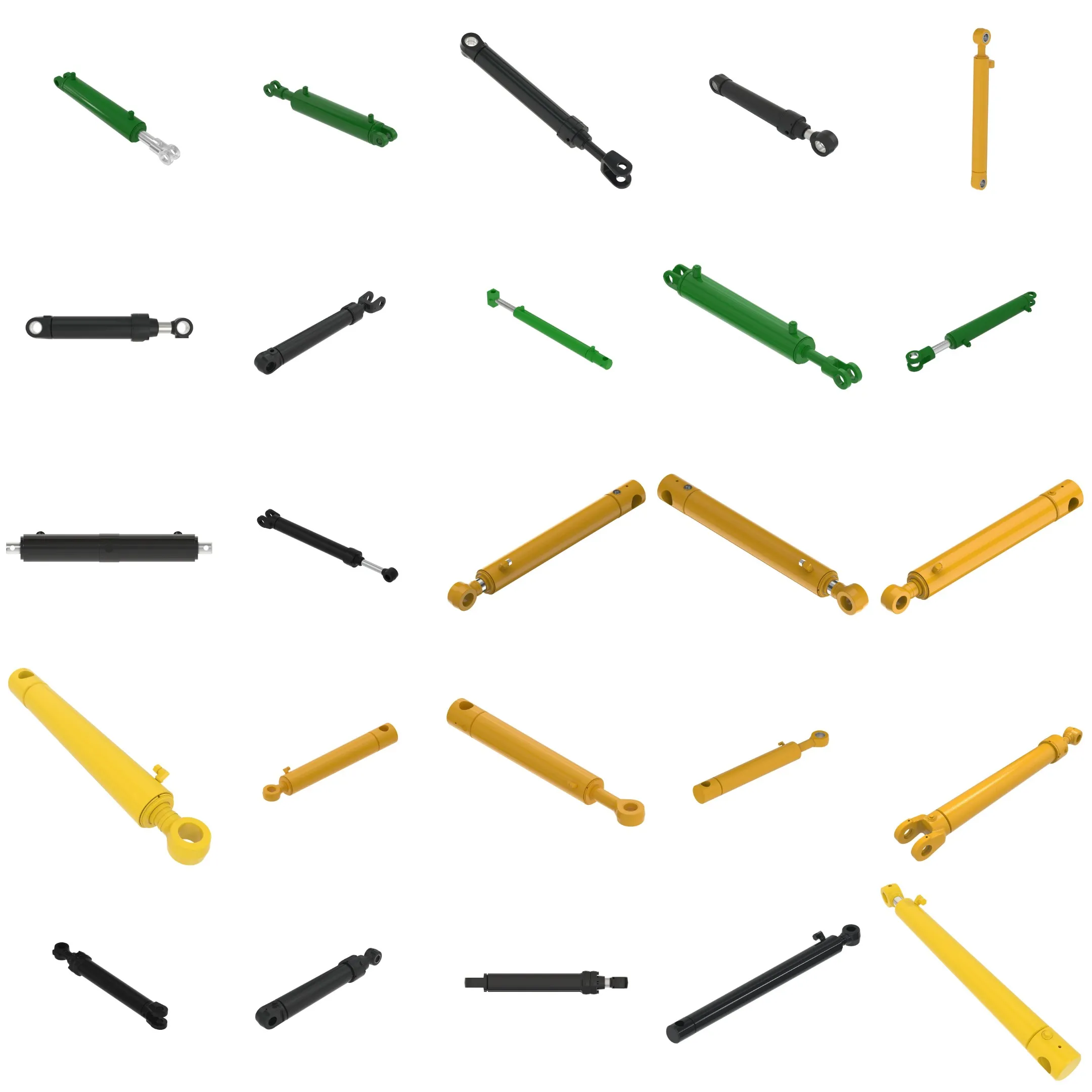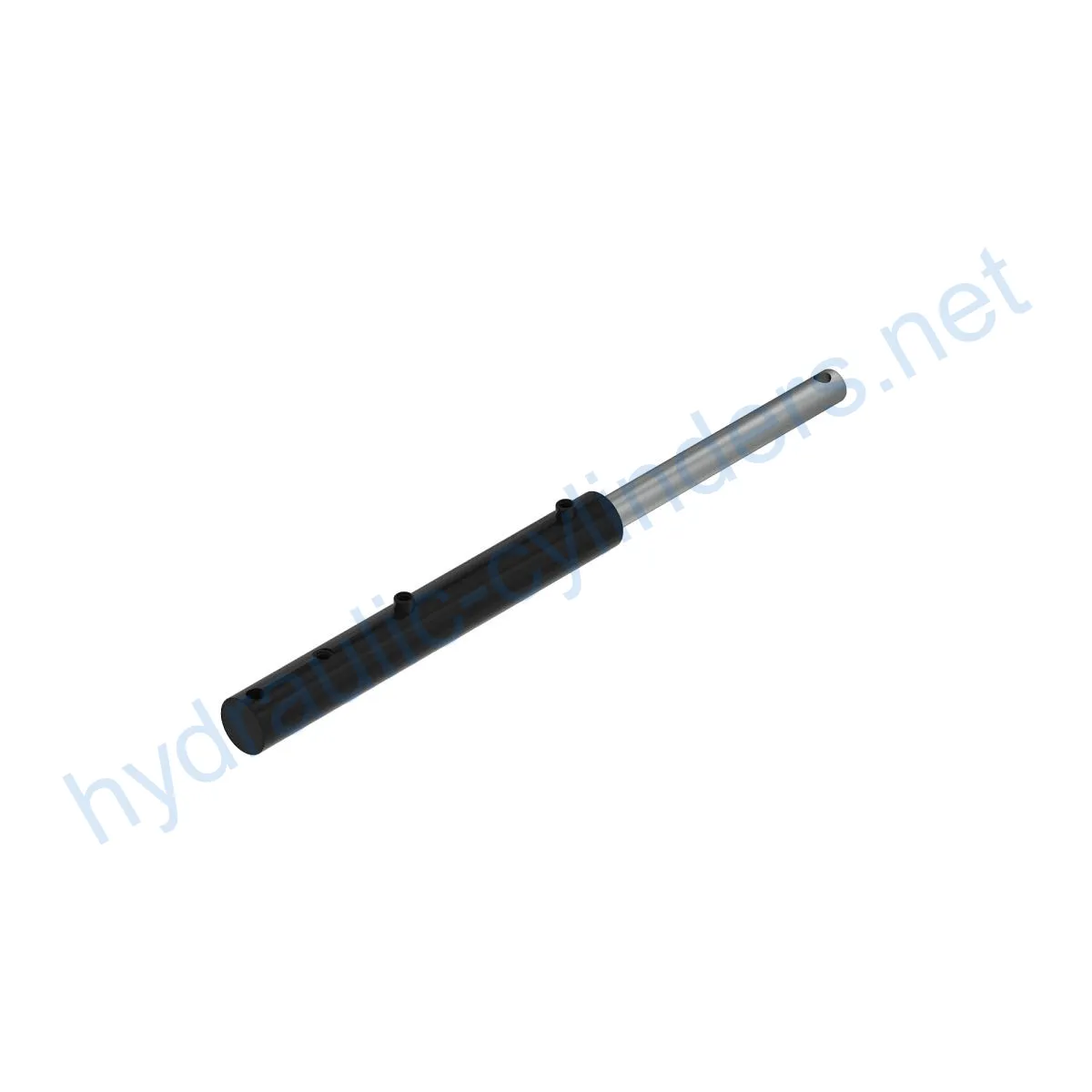Replacement Of AN279205 Hydraulic Cylinder Seal Kit
Som en af producenterne, leverandørerne og eksportørerne af mekaniske produkter tilbyder vi hydrauliske cylindre og mange andre produkter.
Kontakt os for yderligere oplysninger.
Mail:sales@hydraulic-cylinders.net
Producent, leverandør og eksportør af hydrauliske cylindre.
Replacement Of AN279205 Hydraulic Cylinder Seal Kit
The Replacement Of AN279205 Hydraulic Cylinder Seal Kit is a crucial component in hydraulic systems. It plays a vital role in maintaining the proper functioning of equipment. This hydraulic cylinder is designed to replace the damaged or worn-out seal kit in various machines, including model numbers 7660, 7760, 9986, 9996, CP690, CP770, CS690, and CS770.
Specifications
- Weight: 0.09 lb
- Height: 0.7 in
- Width: 6 in
- Length: 9.5 in
- Volume: 0.173 gal
Features
- Improved Equipment Performance: Replacing damaged or worn-out hydraulic cylinders can restore the normal operational capability of equipment, ensuring optimal performance in various applications.
- Enhanced Safety: Regularly replacing hydraulic cylinders reduces safety hazards caused by cylinder failures, ensuring the safety of operators and equipment.
- Overload Protection: Modern hydraulic cylinder designs often incorporate better overload protection mechanisms, enhancing safety during operation.
- Quick Installation: The design of modern hydraulic cylinders typically considers ease of installation and replacement, minimizing downtime.
- Standardized Components: Many hydraulic cylinders are standardized products, making it easier to obtain replacement parts in the market.
We are capable of producing this hydraulic cylinder, offering a perfect replacement for the aforementioned models. Our products meet the highest standards of quality and reliability.
Applications
- Excavators: Hydraulic cylinders in excavator arms or buckets may get damaged due to prolonged use or overload, requiring replacement to restore normal operation.
- Cranes: Hydraulic cylinders in crane boom arms are prone to wear during frequent lifting and lowering processes, necessitating regular replacement for safety.
- Tractors: Hydraulic cylinders in front-end loader attachments of tractors may experience leaks or performance declines during constant lifting and tilting operations, demanding replacement.
- Harvesters: Hydraulic systems endure high pressures during the harvesting process, and cylinders can get damaged due to fatigue, requiring timely replacement to maintain efficiency.
- Automated Production Lines: Hydraulic cylinders are used to control robotic arms and other automated equipment. Cylinder failures can significantly affect production efficiency and must be promptly replaced.
- Die-casting Machines: Hydraulic cylinders in die-casting machines may experience performance declines in high-pressure and high-temperature environments. Regular replacement ensures product quality.
- Mining Equipment: Hydraulic cylinders are used for lifting and moving heavy loads in mining equipment. Due to harsh working conditions, regular inspections and replacements are necessary to avoid equipment failures.
- Bulldozers: Wear of hydraulic cylinders in bulldozer blades can lead to decreased pushing power. Timely replacement is essential to maintain operational efficiency.
Maintenance Tasks
- Regular Inspection: Periodically inspect hydraulic cylinders for any signs of leakage, damage, or wear. Address any issues promptly.
- Proper Lubrication: Ensure appropriate lubrication of the cylinder components to minimize friction and maximize performance.
- Seal Replacement and Calibration Check: Replace worn-out seals and perform calibration checks to maintain optimal performance.
Correct installation, lubrication, and adjustment are crucial for the longevity and efficiency of hydraulic cylinders. During installation, provide proper guidance on aligning the cylinder and recommend using suitable installation brackets for stability. We offer inspection, repair, and replacement services, along with tips to extend the lifespan of the cylinder.
Safety Considerations and Environmental Factors
When using hydraulic cylinders, it is essential to prioritize safety measures. Following proper safety protocols and using appropriate equipment and protective gear are paramount. Furthermore, considering environmental factors, such as preventing oil leaks and practicing proper waste disposal, is crucial to minimize the impact on the surroundings.
Troubleshooting and Common Issues
When encountering issues with hydraulic cylinders, it is important to diagnose and address them promptly. Common problems may include leakage, insufficient pressure, or abnormal movements. Here are some troubleshooting tips and solutions:
- Inspect all connections and seals for leaks, and repair or replace as necessary.
- Check the hydraulic fluid level and quality, ensuring it is within the recommended range and free from contamination.
- Examine the hydraulic pump for any malfunctions or inadequate pressure output.
- Inspect the control valves and ensure they are functioning correctly, adjusting as needed.
- If the hydraulic cylinder is not operating smoothly, check for bent or damaged rods and replace if necessary.
Preventive measures, such as regular maintenance and adherence to operational guidelines, can help minimize potential issues. By following these steps, readers can effectively diagnose and resolve problems and implement preventive measures to reduce future complications.

Design Considerations and Selection Criteria
When selecting hydraulic cylinders, it is essential to consider various factors that contribute to their performance and reliability:
- Load-bearing Capacity: Hydraulic cylinders should be chosen based on their ability to withstand the expected loads and forces.
- Sealing and Durability: Optimal sealing solutions, such as piston seals and rod seals made of wear-resistant materials like polyurethane or nitrile rubber, are crucial for long-lasting performance.
- Safety: Hydraulic cylinders should incorporate safety features, such as overload protection mechanisms, to ensure the well-being of operators and equipment.
- Maintainability: Easy maintenance and repairability are important considerations, with features like refined cylinder body and threaded ends, facilitating replacement and increasing durability.
Sealing and lubrication are critical for the performance of hydraulic cylinders. Using various sealing components, such as piston seals and rod seals, made from durable materials is essential. Careful surface treatments of cylinder bodies and threaded ends help enhance wear resistance. Regular lubrication with the appropriate hydraulic oil is necessary to ensure smooth operation and longevity of the cylinder.
Regular Inspection and Preventive Maintenance
Regular inspection and preventive maintenance are vital in maintaining the optimal performance of hydraulic cylinders:
- Thoroughly inspect cylinders for any signs of leakage, damage, or abnormal wear, rectifying any issues promptly.
- Periodically check and replace seals to prevent leaks and ensure proper functioning.
- Perform calibration checks to verify the accuracy and precision of the cylinder’s performance.
Proper installation, lubrication, and adjustment are crucial for the longevity and efficiency of hydraulic cylinders. During installation, provide proper guidance on aligning the cylinder and recommend using suitable installation brackets for stability. We offer inspection, repair, and replacement services, along with tips to extend the lifespan of the cylinder.
Installation Guide
Take a Tour of Our VR Factory:
Take a tour of our VR factory with the following
Hydraulic Cylinder Application:


